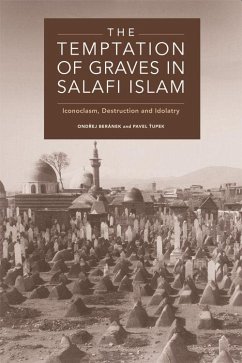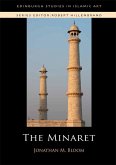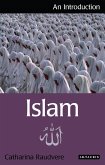Contextualises current Salafi iconoclasm and graves destruction, tracing its ideological sources In various parts of the Islamic world over the past decades, virulent attacks have targeted Islamic funeral and sacral architecture. Rather than being random acts of vandalism, these are associated with the idea of performing one's religious duty as attested to in the Salafi/Wahhabi tradition and texts. Graves, shrines and tombs are regarded by some Muslims as having the potential to tempt a believer to polytheism. Hence the duty to level the graves to the ground (taswiyat al-qubur). In illuminating the ideology behind these acts, this book explains the current destruction of graves in the Islamic world and traces the ideological sources of iconoclasm in their historical perspective, from medieval theological and legal debates to contemporary Islamist movements including ISIS. Key Features . Provides a detailed and in-depth study of Salafi iconoclasm . Looks at the destruction of graves in various parts of the Islamic world including the Middle East, North Africa and South Asia . Traces the ideological roots of Salafi iconoclasm and its shifts and mutations in a historical perspective . Contributes to the growing study of Salafi Islam . Case Studies include Ibn Taymiyya, Muhammad ibn ¿Abd al-Wahhab, the formation of Saudi ulama, Nasir al-Din al-Albani, and ISIS and the destruction of monuments Ondrej Beránek is Director of the Oriental Institute at the Czech Academy of Sciences. Pavel Tupek is a Researcher and Assistant Professor in the Department of Near Eastern and African Studies at Charles University, Prague. Cover image: Bab al-saghir Cemetery, Damascus Cover design: Andy McColm [EUP logo] edinburghuniversitypress.com ISBN 978-1-4744-1757-0 Barcode








